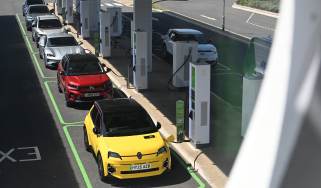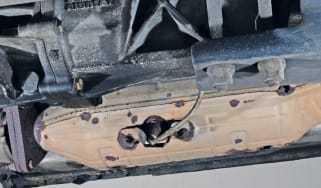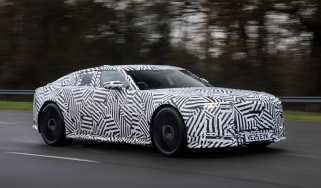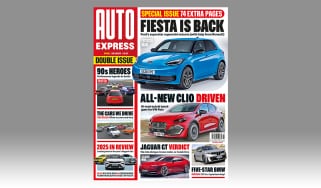What is RDE? Real Driving Emissions test explained
The Real Driving Emissions (RDE) test was introduced in 2017 to deliver more accurate fuel economy figures for motorists. But what is it and how does it affect you?
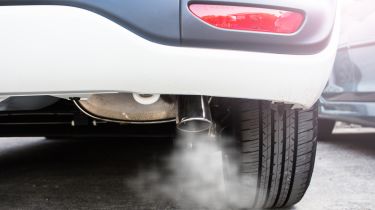
The fuel economy and emissions figures are two of the most important considerations when you’re buying a car. Both have a direct impact on how much it’ll cost to run a car. The emissions figure has a direct impact on how much tax you’ll pay, both as a private motorist and as a company car driver. The fuel efficiency figure, obviously, gives a useful guide to how much the car will cost you in fuel.
In 2017, the outdated and inaccurate New European Driving Cycle (NEDC) regulations were replaced by stricter and more realistic ways of testing a car’s fuel economy and emissions. These are known as the World Harmonised Light Vehicle Testing Protocol (WLTP) and Real Driving Emissions (RDE) regulations.
You’ll be familiar with WLTP as this is the test used to provide the fuel economy and CO2 emissions figures found in a car’s brochure or on a manufacturer’s website. You may not be as familiar with the Real Driving Emissions test, so read on to find out more.
What is RDE?
Introduced in 2017, and becoming mandatory a year later, RDE stands for Real Driving Emissions. Rather than relying on a laboratory setting with a rolling road, RDE uses test cars in a real-word environment to measure pollutants like nitrogen oxide (NOx) and particulate matter (PM) from cars, vans and other vehicles. The tests are carried out using a Portable Emissions Measurement System (PEMS) fitted to the rear of the cars and connected to the exhaust.
Initially, a car had to get within 2.1 times the NOx figure produced in a laboratory to pass the test as manufacturers were given time to adjust to the new regulations. A new, stricter testing regime known as RDE2 was introduced in January 2020, meaning all new cars launched after this date must get within 1.5 times the WLTP laboratory figures when used on a public road.
In this way, RDE serves as a guarantee that the WLTP emissions tests are relevant to motorists using the car in the real world. It also confirms that cars have not been configured merely to pass the laboratory tests rather than to be efficient and clean while being driven by owners.
How does RDE work in practice?
RDE tests last 90-120 minutes and are conducted on a variety of roads, including low-speed urban environments, medium-speed rural roads and high-speed motorways. To accurately reflect everyday driving, RDE also includes traffic, high and low altitudes, temperature and weather variations and extra payload.
The tests must be carried out and logged by manufacturers, with the data analysed to determine whether the car is given a simple ‘pass’ or ‘fail’.
How accurate is RDE?
The RDE test is more accurate than the 20-minute (NEDC) or the 30-minute (WLTP) test carried out in a laboratory. That said, up to two hours of driving is never going to be an accurate reflection of a car’s lifetime – there are just too many variables and external factors for it to be a true reflection of reality. At the very least, the WLTP and RDE tests provide comparable figures for every new car on sale and they are a big step forward in real-world relevance from the old NEDC tests.
Want to cut out exhaust emissions? These are the best electric cars...
Find a car with the experts



